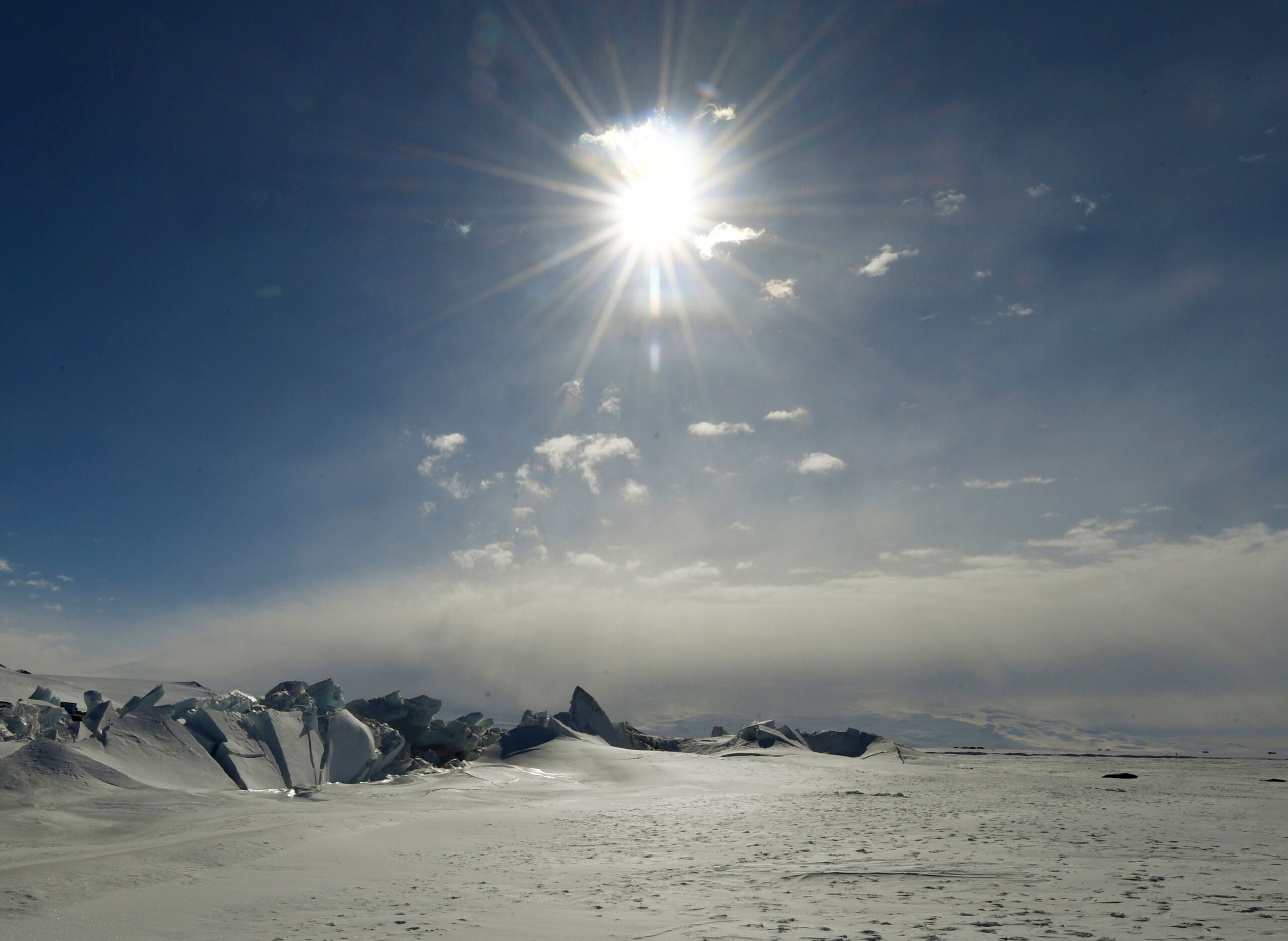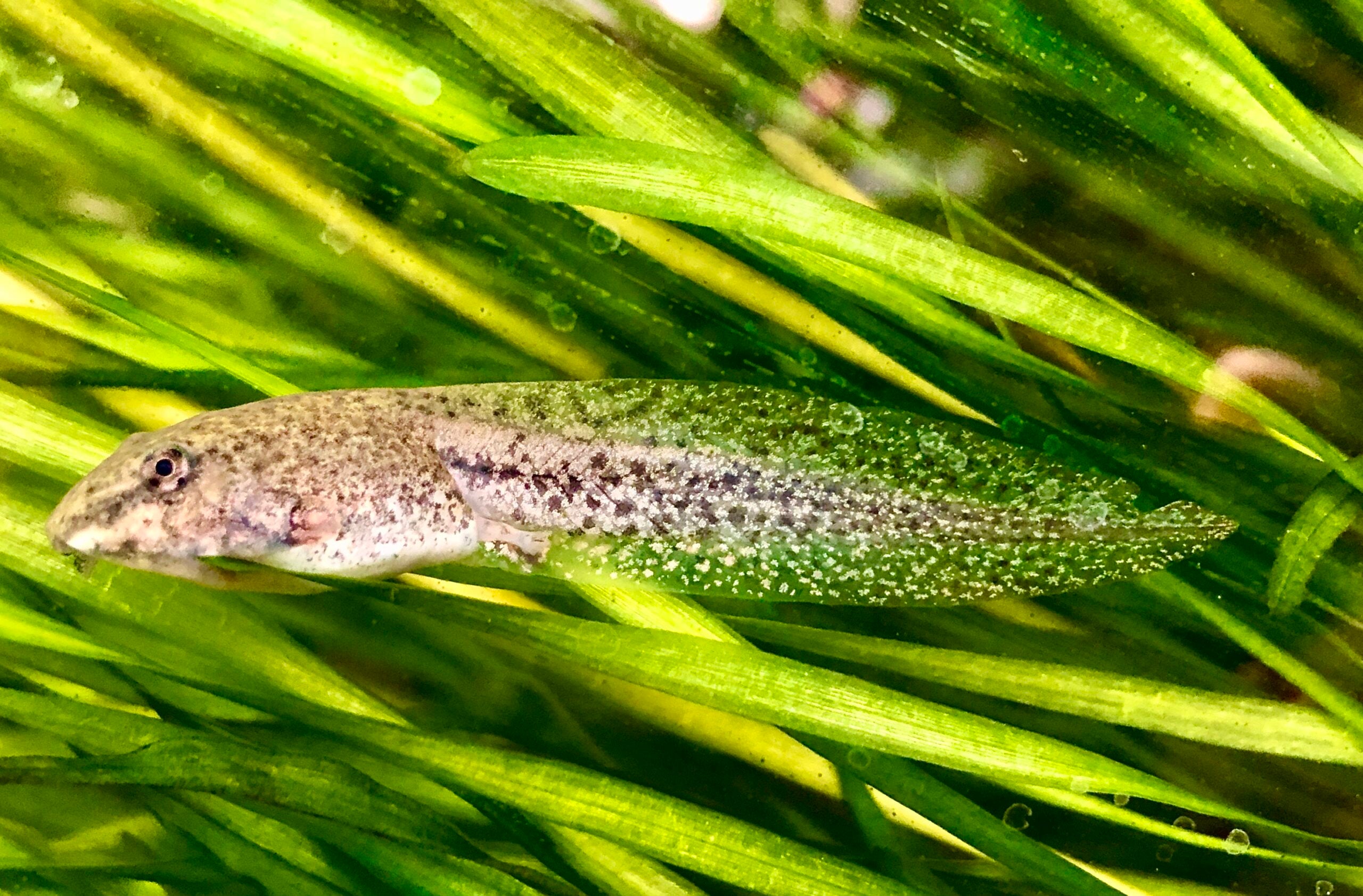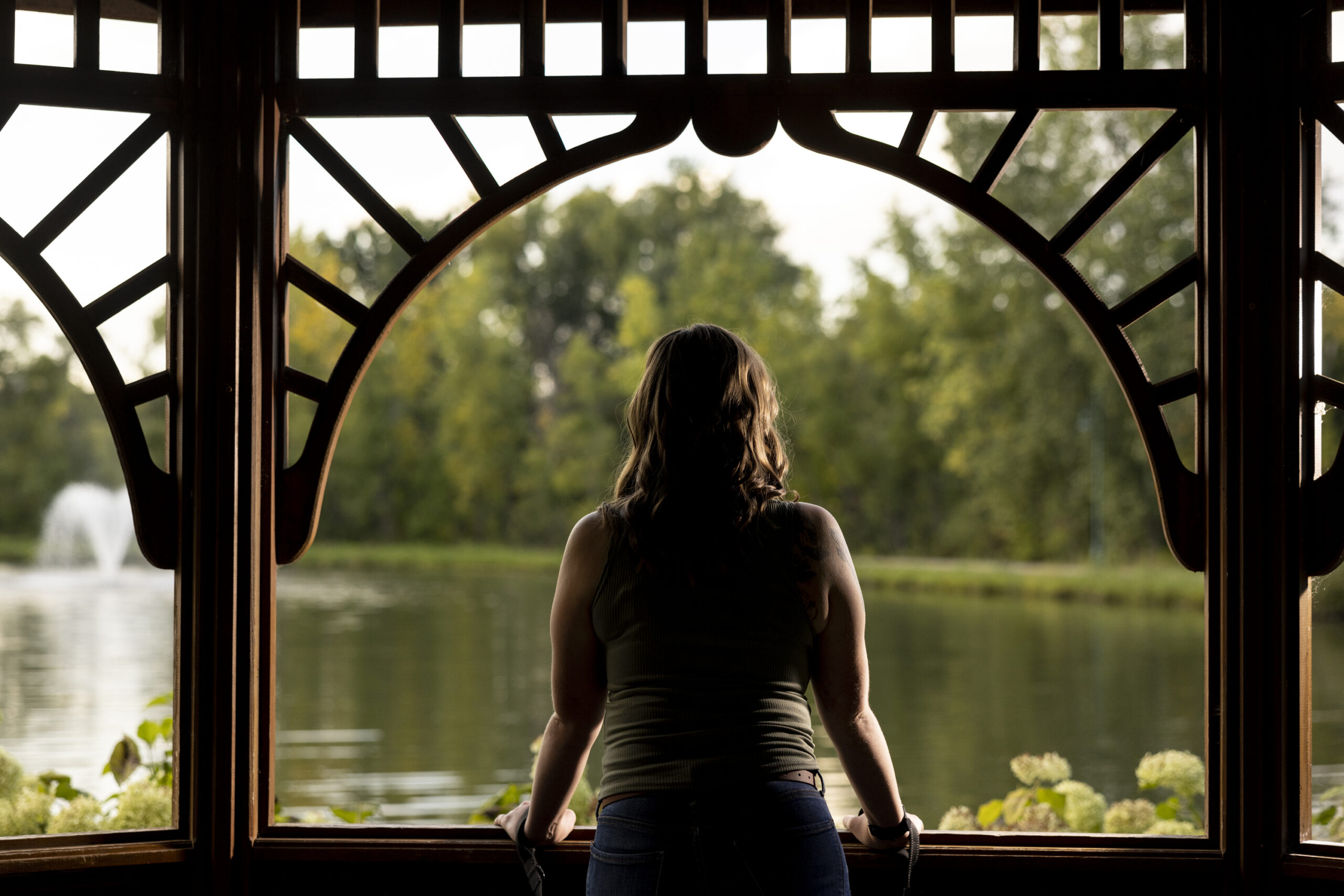What do you do when your harasser sleeps in the tent next to yours? When the only communication is by radio and the only way out is by helicopter? When they control not just your job but the future of your career? For women in science — especially those who do field research — sexual harassment is so commonplace that coping with it can seem like just another part of the job.
Jane Willenbring was a 22-year-old grad student when she joined a four-person research expedition to Antarctica led by her advisor and acclaimed geologist David Marchant. She was excited about the work — piecing together the glacial history of the East Antarctic ice sheet. But shortly after arriving on site, Marchant began calling her names, telling her she’d never make it in science.
Willenbring recounted her experiences of repeated sexual harassment on “To The Best Of Our Knowledge.”
Stay informed on the latest news
Sign up for WPR’s email newsletter.
“There was constant discussion of how many people I’ve slept with,” Willenbring recalled. “(Marchant’s) brother happened to be in the field with us too, I overheard conversations about how he should try and sleep with me and how he’d probably be successful because I was so slutty.”
As if that didn’t make the situation uncomfortable enough, Willenbring said a “crate of pornography” would come out at dinner time.
“People were looking at pictures of naked women,” she remembered. “There were comments about my breast size compared to the breast size of the models.”
Then there was the weird physical hazing.
On more than one occasion, she said, Marchant “pushed me down, sat on top of me and spit on me.”
She said he threw rocks at her while she tried to pee. She tried hiding, eventually she avoided going to the bathroom in the field altogether. After days of holding her urine for 12 hours at a time, she got a bladder infection, at which point she said, “there was a discussion about how we didn’t want to waste helicopter hours taking me back to the base for antibiotics.”
Willenbring tried everything short of going home to put an end to the harassment, but it remained constant.
“You don’t really know how you’re going to react when someone does something like that in a situation where you have no power,” she said. “I remember going over in my head, like a chess game, if I do this, what are the next three things that are very likely to happen?”
Willenbring continued, “I did say, ‘Stop it,’ ‘What’s wrong with you?’ I tried crying because he seemed to want to make me cry, it was just incessant.”
Years later Willenbring filed a Title IX complaint against Marchant. Last month, Boston University investigators concluded he did sexually harassing her and another former grad student. The investigators didn’t find credible evidence of the physical attacks that Willenbring alleges, but they did conclude there was “a preponderance of the evidence that Professor Marchant directed derogatory sex-based slurs and sexual comments at Dr. Willenbring” during that 1999 expedition.
Making Science Safe For Women
Erika Marín-Spiotta wants to understand and perhaps prevent that sense of helplessness and powerlessness Willenbring felt.
The University of Wisconsin-Madison professor is leading a $1.1 million grant project from the National Science Foundation to investigate how and why harassment happens within the sciences.
“Ninety percent or more of geology undergraduate degree programs require a field course. So students have to go to the field,” said Marín-Spiotta. “If something happens, you’re not on campus. You don’t have your support network. It’s unclear. The supervisors in that case might be the people who are harassing you. They control your access to food. They control your access to communication. They control your access to a doctor or health care.”
The problems aren’t limited to the experience of the field study itself. In graduate school, alienating an advisor can be tantamount to ruining your career before it even starts. Young researchers in Willenbring’s position often feel they have limited options: leave, switch fields or keep quiet.
Marín-Spiotta said that the hierarchical tradition of graduate study — where your advisor can make or break your career — makes stories like Willenbring’s commonplace, but rarely heard.
“You might depend on that person for your funding, access to field sites, or access to data,” Marín-Spiotta said. “And so there’s a lot of power there, and there’s a lot of potential for abuse of that power.”
Similar cases of sexual harassment and assault have rocked the scientific community recently.
Three Dartmouth psychology professors are under criminal investigation for sexual misconduct; and a distinguished engineering professor at Princeton, a prominent molecular biologist at the University of Chicago, and the world’s top planet finder — a University of California, Berkeley astronomer — have all been found guilty for sexually harassing students. And those are just the cases that made national headlines. A 2015 report found that 1-in-3 women science professors surveyed reported sexual harassment, said Marín-Spiotta.
A big part of the problem might be the way harassment training takes shape in higher education, with a legalistic approach packed with what Marín-Spiotta observed as “canned scenarios” that may not directly relate to the day-to-day work of those being trained.
Instead, Marín-Spiotta suggests the focus should be on training everyone in the scientific community to know what abuse looks like and how to make clear that it will not be tolerated.
“What we want to do is really empower the community — empower scientists, professors, students — to basically not put up with this environment,” said Marín-Spiotta. This “bystander training” model focuses on giving people the tools to push back against harassers and call their behavior out as unacceptable.
An Untimely Exit
Many students who are harassed make an early exit from science, Marín-Spiotta said.
The costs of harassment to the broader scientific enterprise are hard to quantify, but certainly real.
“People leave their programs and very often there’s no exit interview,” said Marín-Spiotta. “You know it happens, but it’s really hard to come up with data.”
Willenbring persevered, but she didn’t forget what happened to her in Antarctica.
In 2016, sixteen years after the expedition to Antarctica, she got tenure at University of California, San Diego.
Once settled, she filed her complaint against Marchant.
Marchant maintains the allegations are false, and is appealing the findings of Boston University. He remains on unpaid administrative leave.
Willenbring said she didn’t get any satisfaction from filing the complaint, but felt it was important not to remain silent. She took stock of the impact it might have on future women in the sciences.
“I had to take my daughter in to work (one day), and I still had my lab coat on,” said Willenbring. “She said ‘Mommy, you really are a scientist. I want to be a scientist just like you, Mommy.’ That’s the part that really got me.”
Her hope for her daughter? That the joy of science — not the perils of it — will be her daughter’s focus if she heads out on a field study of her own.






